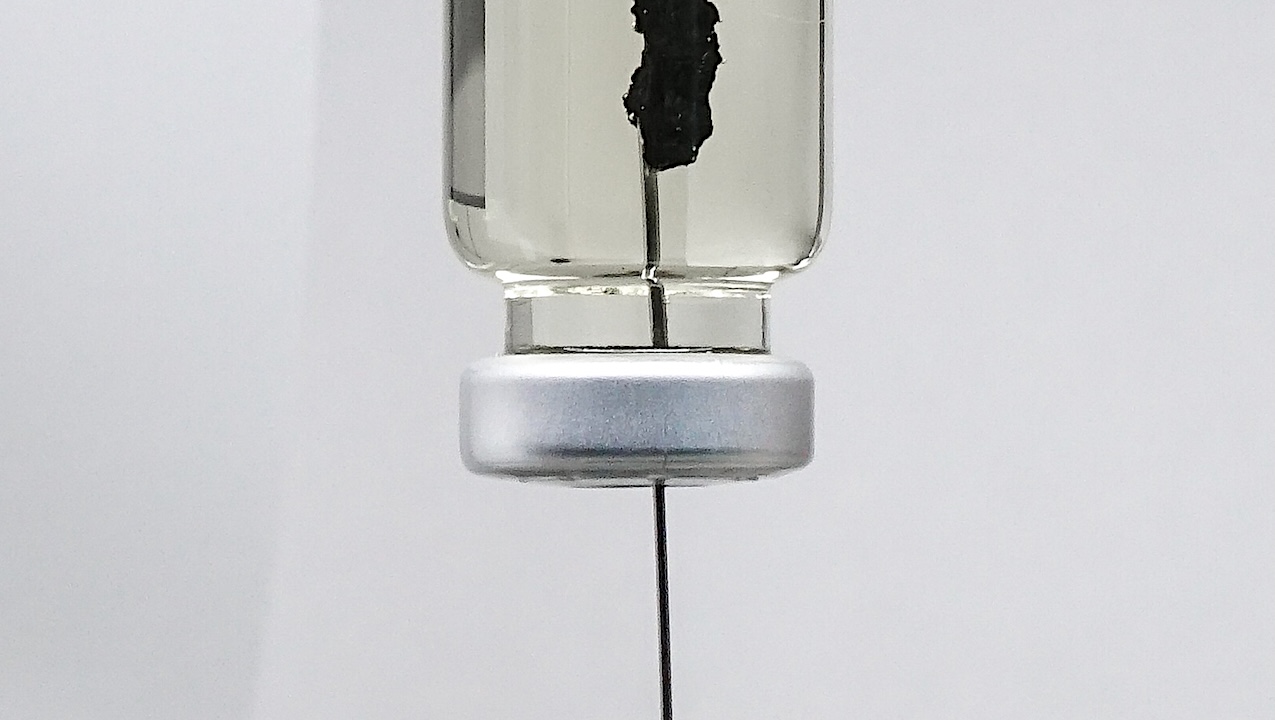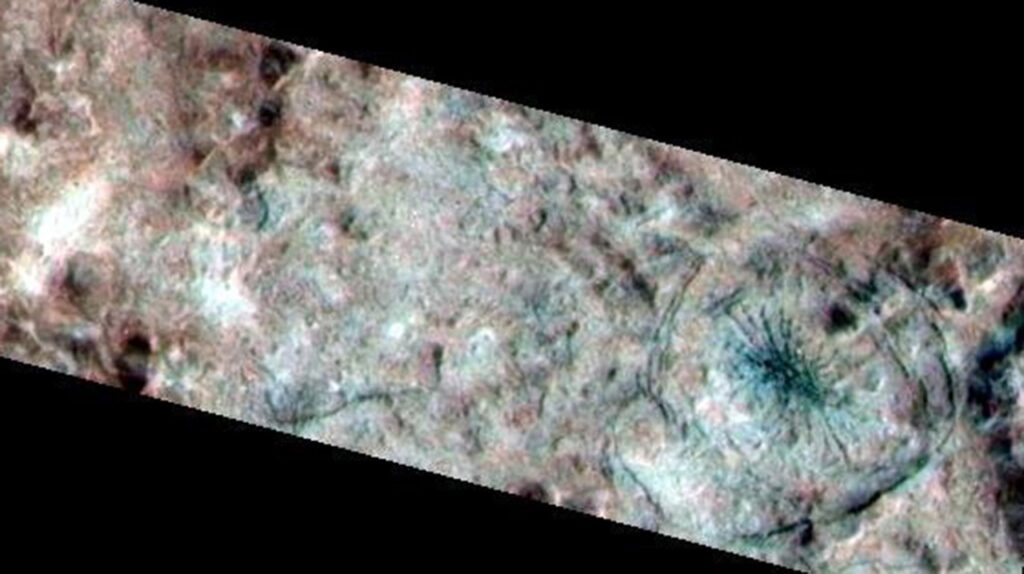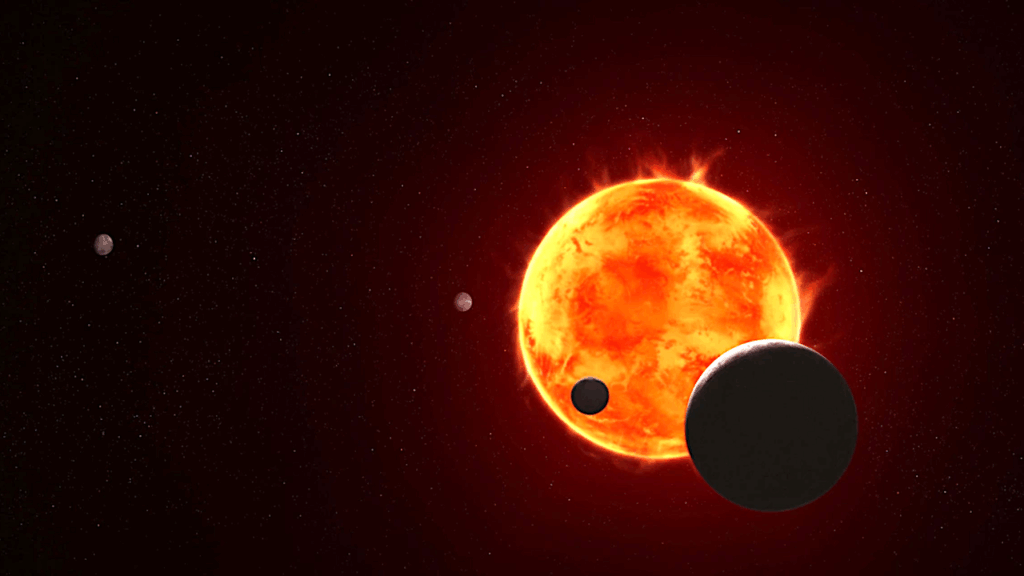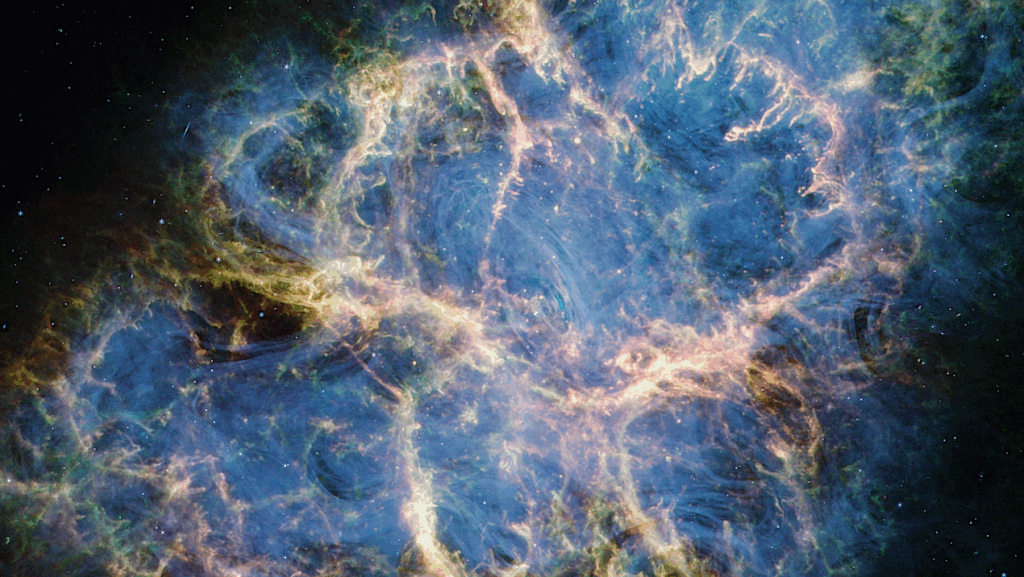Now Reading: Geobiology: Iron, Sulfur, Heat – And First Life
-
01
Geobiology: Iron, Sulfur, Heat – And First Life
Geobiology: Iron, Sulfur, Heat – And First Life


A miniature black smoker – The syringe injects the sulfidic fluid into the iron-rich solution in the vial. This precipitates a black iron-sulfide membrane. © Vanessa Helmbrecht
The very first cells obtained their energy from geochemical reactions. LMU researchers have now managed to recreate this ancient metabolic process in their laboratory.
Most likely, the earliest ancestor of all life on Earth liked warm conditions, lived off hydrogen, and produced methane. LMU researchers have come to this conclusion based on fossil evidence and metabolic reconstructions using genetic analyses. This relatively simple, primordial acetyl-CoA metabolic pathway has survived in many microorganisms to this day.
To discover more about the metabolism of what were probably amongst the very first living organisms on Earth, a team of LMU researchers led by Professor William Orsi from the Department of Earth and Environmental Sciences created laboratory simulations of the conditions on the young Earth some 4 to 3.6 billion years ago.
These conditions had some similarities to those prevailing today in the hydrothermal vents on the ocean floor known as “black smokers”, with a key difference being that the ancient oceans were full of dissolved iron.

Iron-sulfide chimney precipitated over the course of 10 min at 25 °C (experiment 1, Supplementary Table 1). The three images (from left to right) were taken 1, 5 and 10 min after the injection started. After 10 min, the chimney reached a height of 2.0 cm (s.d. = 0.1). b, M. jannaschii cells accumulate on iron-sulfide particles (experiment 4a). Overlay of a bright field image of the iron-sulfide particles and a fluorescence image of the cells. This was observed across three experimental replicates (Methods). c–f, Mineralogical analysis (experiment 5a). c,d, Raman spectroscopy identifies that mackinawite (FeS, c) and greigite (Fe3S4, d) are the primary minerals formed in the sedimentary iron-sulfide chemical gardens at 80 °C. This was observed across three experimental replicates (Supplementary Table 1). Important Raman peaks are labelled for mackinawite and greigite7,57,58,59. The peak at 1,300 cm−1 is due to laser beam oxidation. e, Raman images of a sedimentary iron-sulfide chemical garden. Most crystals have an octahedral shape typical for greigite. f, EDX of iron-sulfide particles with peaks indicating relative abundances of O, Na, S, Cl and Fe. keV, kiloelectron volt. — Nature Ecology & Evolution
Strong growth without any nutrients
In the laboratory experiment, the researchers produced miniature versions of such “black smokers.” As it happens naturally at the seafloor, iron and sulfur geochemical reactions took place at high temperatures, forming iron sulfide minerals such as mackinawite (FeS) and greigite (Fe3S4) in a process that produced hydrogen gas (H2).
In these “chemical gardens,” the single-celled archaean Methanocaldococcus jannaschii was not only able to thrive, but positively exceeded the expectations of the researchers: “As well as overexpressing some genes of the acetyl-CoA metabolism, the archaeans actually grew exponentially,” explains Vanessa Helmbrecht, lead author of the study, which has now been published in the journal Nature Ecology & Evolution.
“At the beginning, we expected only slight growth, as we did not add any extra nutrients, vitamins, or trace metals to the experiment.” The single-celled organism thus proved highly adept at utilizing the hydrogen gas produced by the abiotic precipitation of iron sulfides as an energy source.

A miniature black smoker – The syringe injects the sulfidic fluid into the iron-rich solution in the vial. This precipitates a black iron-sulfide membrane. © Vanessa Helmbrecht
Isolated from the sediment of hydrothermal vents on the ocean floor, the hyperthermophile microbe Methanocaldococcus jannaschii serves as a model organism for methanogenesis via the Acetyl-CoA metabolic pathway. It is an organism that is adapted to extreme conditions: “For the cultivation, we were given access to the state-of-the-art facilities in the Archaea Center at the University of Regensburg, where Professor Dina Grohmann and Dr. Robert Reichelt kindly supported us. This was very important for preparing the experiments in the chemical gardens,” says William Orsi.
Oldest metabolic process in evolutionary history
In the chemical gardens, the cells always remained in direct proximity to the mackinawite particles. This aligns with fossil evidence, where some geological deposits of such minerals from the early history of the Earth contain fossil traces of the first microbial life.
The researchers conclude from the study’s results that chemical reactions during the precipitation of iron sulfide minerals around four billion years ago generated sufficient energy for the survival of the very first cells and thus laid the foundations for the hydrogen-dependent metabolism of the first microbes on the young Earth. Accordingly, this form of methanogenesis based on hydrogen produced inorganically through chemical reactions is the oldest known form of energy generation in evolutionary history.
Space – the next frontier
The LMU geobiologists are now asking the question as to whether the metabolic processes they observed might not also take place outside our planet, and therefore whether there could be extraterrestrial habitats for archaeans – such as on Enceladus.
NASA already treats this moon of Saturn as a candidate for possible life, because scientists suspect the presence of hydrothermal activities between its rocky core and a liquid ‘soda ocean’ beneath its icy crust. “In our next study, we will simulate the conditions of Enceladus in the lab and test whether archaeans are capable of surviving and growing there,” says Helmbrecht.
Simulated early Earth geochemistry fuels a hydrogen-dependent primordial metabolism, Nature Ecology & Evolution (open access)
Astrobiology,
Stay Informed With the Latest & Most Important News
Previous Post
Next Post
-
 012024 in Review: Highlights from NASA in Silicon Valley
012024 in Review: Highlights from NASA in Silicon Valley -
 02Panasonic Leica Summilux DG 15mm f/1.7 ASPH review
02Panasonic Leica Summilux DG 15mm f/1.7 ASPH review -
 03How New NASA, India Earth Satellite NISAR Will See Earth
03How New NASA, India Earth Satellite NISAR Will See Earth -
 04And Thus Begins A New Year For Life On Earth
04And Thus Begins A New Year For Life On Earth -
 05Astronomy Activation Ambassadors: A New Era
05Astronomy Activation Ambassadors: A New Era -
06SpaceX launch surge helps set new global launch record in 2024
-
 07From Polymerization-Enabled Folding and Assembly to Chemical Evolution: Key Processes for Emergence of Functional Polymers in the Origin of Life
07From Polymerization-Enabled Folding and Assembly to Chemical Evolution: Key Processes for Emergence of Functional Polymers in the Origin of Life




















